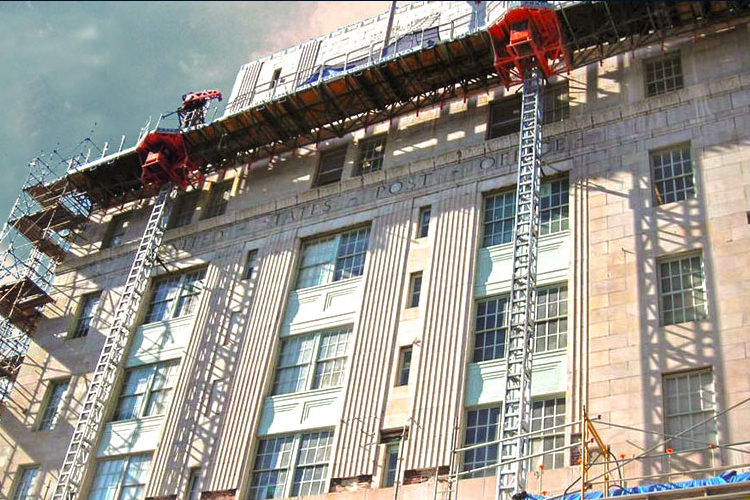
Onsite Quality Control
The plate load test, which is used to determine bearing capacity and settlement, may be carried out by either using a gravity loading or truss loading method. A test pit of the same depth as the foundation and width equal to five times the size of bearing plate is dug in the ground.
A bearing plate (usually 30 cm square or diameter and 25 mm thick) is then placed in the test pit. The size of the bearing plate chosen for a test depends on the type of soil. A square plate of 45 cm size may be adopted for clayey or silty soil and also for loose to medium-dense sandy soils having a standard penetration resistance number 15.
A bearing plate of 30–75 cm may be adopted for carrying out the test in dense sandy or gravelly soil the standard penetration resistance number of which is between 15 and 30. The size of test plate further depends on the maximum size of grains.

BUILDING REPAIR & REHABILITATION
Water source
First, you’ll want to figure out what type of water you’re testing — is it from a well or public water supply, or is from your pool or faucet at home? Water tests are often formulated specifically for various water sources, testing for the most common contaminants found in that type of water.
Testing procedure
You’ll also want to consider the testing procedure when purchasing a water testing kit. If time isn’t a concern, consider a kit that you send out to a testing facility, as those options are often more comprehensive. However, if you want the results quickly, an at-home kit will give you answers immediately. Contaminants Some water testing kits can detect a wide variety of common contaminants, such as lead, chlorine, copper, iron, and more.

Ground-enetrating Radar (GPR)
Ground-penetrating radar (GPR) is a geophysical method that uses radar pulses to image the subsurface. It is a non-intrusive method of surveying the sub-surface to investigate underground utilities such as concrete, asphalt, metals, pipes, cables or masonry. This nondestructive method uses electromagnetic radiation in the microwave band (UHF/VHF frequencies) of the radio spectrum, and detects the reflected signals from subsurface structures.
GPR can have applications in a variety of media, including rock, soil, ice, fresh water, pavements and structures. In the right conditions, practitioners can use GPR to detect subsurface objects, changes in material properties, and voids and cracks.


